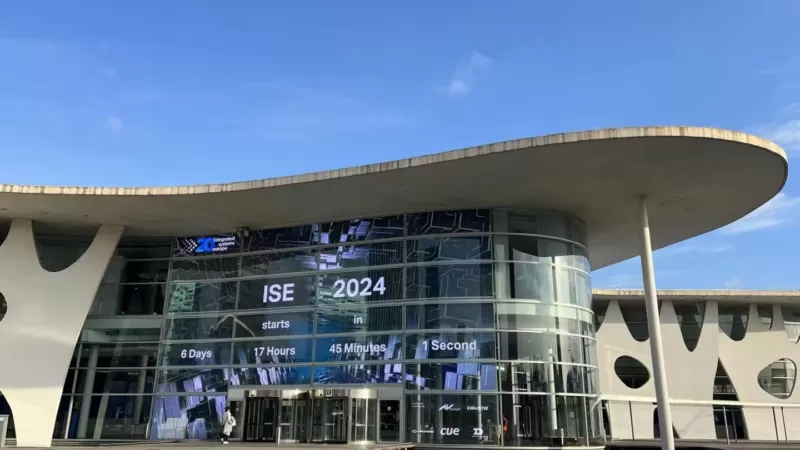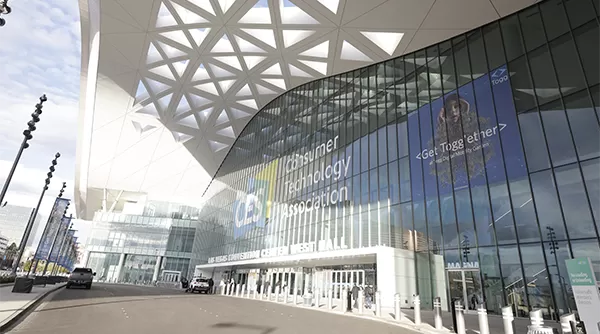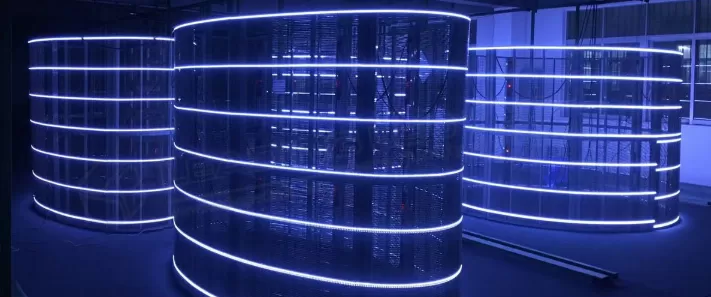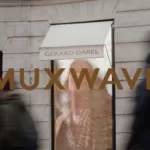
Case Highlights | MUXWAVE Holographic Invisible Screen Solutions for Storefront Displays
2025-01-20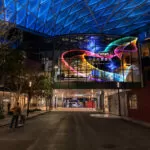
How Transparent LED Displays Are Shaping the Future of Transportation Hubs
2025-02-12The advent of LED transparent display technology has revolutionized the way businesses engage with their customers. This cutting-edge display solution combines the best of both worlds—high-definition visuals with the ability to remain clear and unobstructed. By using transparent surfaces, LED displays can seamlessly integrate into glass windows, walls, and partitions, creating an innovative medium for advertising and communication. Across various sectors, LED transparent screens are helping businesses stay ahead by offering unique, interactive, and engaging experiences.
1. Retail Industry
The retail industry is one of the primary sectors benefiting from transparent LED displays. Retailers are increasingly using this technology to create visually captivating in-store experiences that attract and engage customers. Transparent LED displays can be installed on storefront windows or inside store displays, creating a seamless integration of digital advertising with the physical store environment.
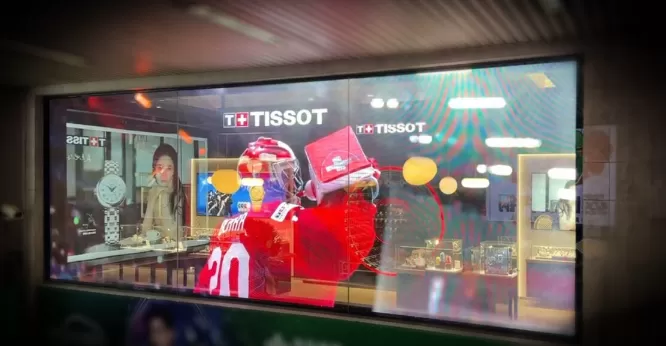
Key Applications in Retail:
Product Promotion: Transparent LED displays are ideal for showcasing products with high-quality visuals. For example, a fashion retailer can showcase its latest collection through dynamic videos displayed on glass windows without obstructing the view of the products inside the store.
- Interactive Displays: Many retailers use interactive features that allow customers to browse products, check prices, or even place orders directly from the transparent screens.
- Seasonal Campaigns: Retailers can easily change their window displays for promotions, sales, or seasonal campaigns, making it easier to adapt to trends and consumer interests.
By leveraging transparent LED displays, retailers can enhance the customer experience, drive foot traffic, and improve brand visibility.
2. Hospitality Industry
The hospitality industry, which includes hotels, restaurants, and resorts, is increasingly adopting LED transparent display technology to elevate guest experiences and improve brand visibility.
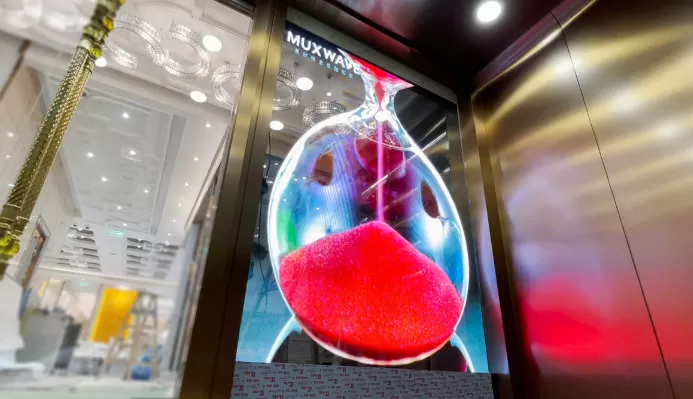
Key Applications in Hospitality:
- Hotel Lobbies and Reception Areas: Hotels use transparent LED displays in their lobbies to showcase amenities, services, and local attractions, all while maintaining a clean, open environment.
- Restaurant Menus: Restaurants can replace traditional paper or digital menu boards with transparent LED screens that show dynamic, interactive content such as daily specials, promotions, or behind-the-scenes videos, all while keeping the ambiance intact.
- Wayfinding: Transparent LED displays can be used for directional signage in large hotels, convention centers, and airports, providing real-time information and event details in a visually appealing manner.
By utilizing transparent LED displays, businesses in the hospitality industry can create a modern, innovative atmosphere that enhances guest satisfaction and engagement.
3. Real Estate Industry
In real estate, transparent LED screens are transforming how properties are marketed and sold. These displays offer a visually dynamic way to present properties and provide potential buyers with immersive, interactive experiences.
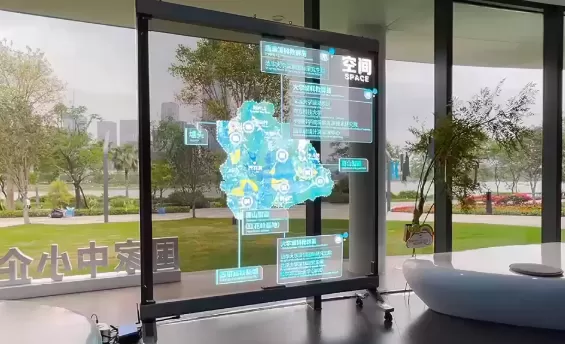
Key Applications in Real Estate:
- Virtual Property Tours: Real estate agencies can use transparent LED screens to show virtual property tours or 3D walkthroughs, allowing potential buyers to explore the property without physically being there.
- Interactive Kiosks: Transparent LED displays can be installed in real estate offices or at property exhibitions to display detailed information, video presentations, and high-resolution photos of available properties.
- Architectural Visualization: Developers and architects use transparent LED screens to showcase architectural designs and property features during presentations, giving clients a clearer idea of how the space will look.
By incorporating LED transparent displays, real estate companies can create a high-tech and interactive environment that makes it easier for buyers to visualize properties and connect with the brand.
4. Transportation and Public Infrastructure
The transportation and public infrastructure sector benefits greatly from LED transparent screen technology, particularly for public displays and communication purposes. Transparent LED displays are perfect for integrating into large transportation hubs like airports, train stations, and bus terminals without compromising the flow of natural light or visibility.
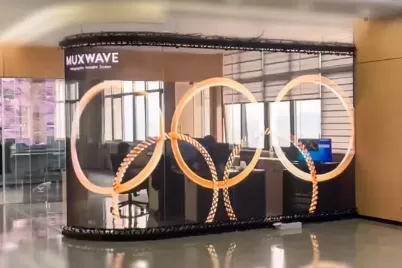
Key Applications in Transportation:
- Information Displays: Airports, train stations, and bus terminals use transparent LED displays to provide real-time updates about schedules, gate changes, and other important travel information.
- Advertising: Transparent LED screens placed in transit stations and terminals can also be used for advertising, offering brands a way to promote their products to a captive audience.
- Wayfinding: Transparent screens can be installed in busy transit locations, providing passengers with directions and helping them navigate complex transport hubs.
By implementing transparent LED displays, public transportation hubs can offer clear, engaging communication to travelers while maintaining an open, welcoming environment.
5. Advertising and Marketing
The advertising industry is embracing LED transparent display technology to create cutting-edge marketing campaigns. With their ability to deliver high-quality visuals while allowing for transparency, these displays offer endless possibilities for digital marketing and branding.
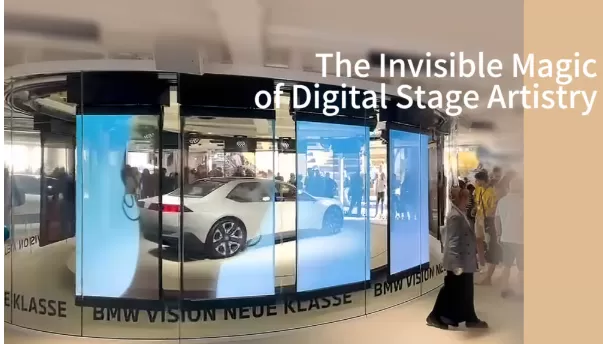
Key Applications in Advertising:
- Billboards and Outdoor Advertising: Transparent LED screens can be placed on bus shelters, billboards, and building facades to display dynamic advertisements. The key advantage is that these displays allow viewers to see the surroundings while still being able to view the ad.
- Window Advertising: Transparent LED screens installed on store windows are a great way for businesses to promote their products without blocking the view inside, creating an interactive advertising experience.
- Event Displays: For conferences, exhibitions, and large-scale events, transparent LED screens can be used for branding, product launches, and live event streaming.
By leveraging transparent LED screens, advertisers can engage audiences in a unique, attention-grabbing way, blending digital advertising with the physical environment.
6. Corporate and Office Spaces
Corporate offices are increasingly turning to transparent LED display technology to enhance internal communications and improve the overall office environment. Transparent screens can be used for everything from displaying company announcements to creating innovative meeting rooms.
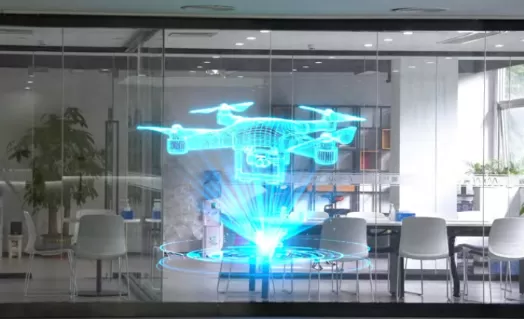
Key Applications in Corporate Spaces:
- Internal Communication: Transparent LED displays can be used in office lobbies or meeting rooms to display internal company news, announcements, and performance metrics.
- Conference and Meeting Rooms: These displays are ideal for creating engaging, tech-savvy meeting rooms where presentations, videos, and interactive content can be shared without disrupting the flow of light.
- Branding: Transparent LED displays can be installed in high-traffic areas of corporate offices to showcase the company’s brand message, core values, and mission.
By adopting transparent LED displays, corporate offices can create a more engaging, modern, and connected workspace for employees and visitors alike.
7. Museums and Exhibitions
The museum and exhibition industry is also benefiting from transparent LED display technology by using these screens to deliver interactive and engaging experiences to visitors.
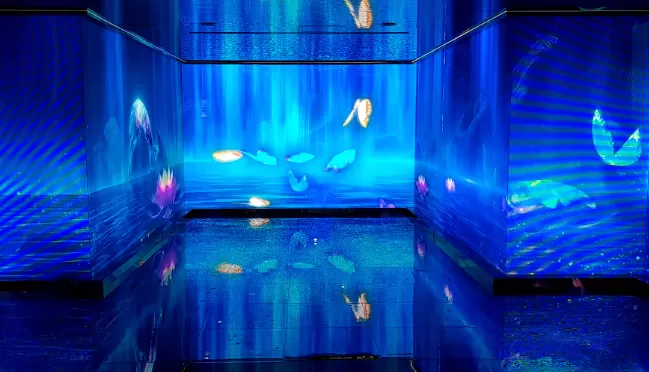
Key Applications in Museums:
- Interactive Exhibits: Museums use transparent LED screens to display educational content, videos, and augmented reality features that enhance the visitor experience.
- Digital Signage: Transparent displays can be used for wayfinding, guiding visitors through exhibits and providing real-time information about displays and schedules.
- Brand Storytelling: Transparent LED screens allow museums to display dynamic storytelling content that blends seamlessly with the exhibit, creating a more immersive experience.
By using transparent LED displays, museums can offer visitors a futuristic and interactive experience that blends technology with education.
Conclusion
LED transparent display technology has become an essential tool across various industries, offering a unique way to engage customers, enhance communication, and showcase products or services. From retail and hospitality to transportation and advertising, businesses are discovering how transparent LED displays can be integrated into their spaces to create immersive, interactive, and dynamic experiences. As this technology continues to evolve, it’s clear that the industries benefiting from transparent LED screens will only continue to grow, providing new opportunities for innovation and engagement.
